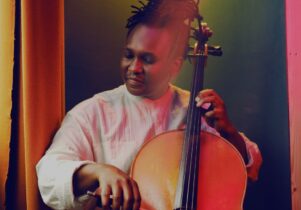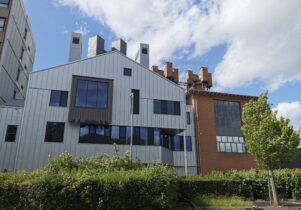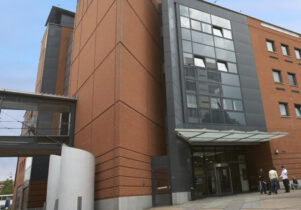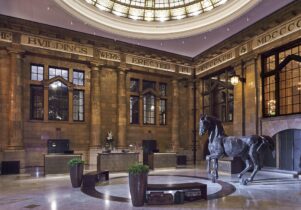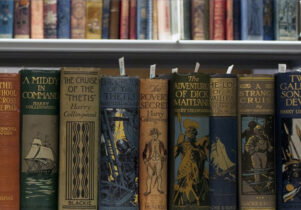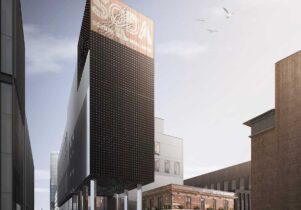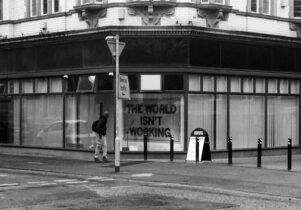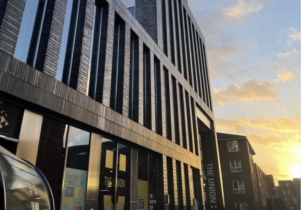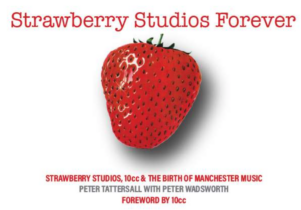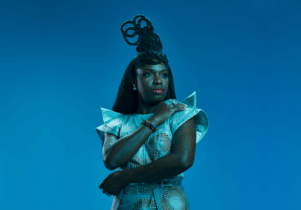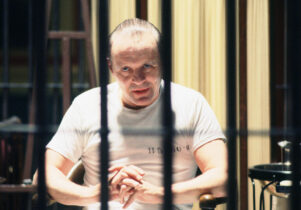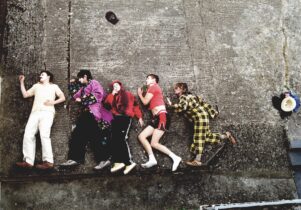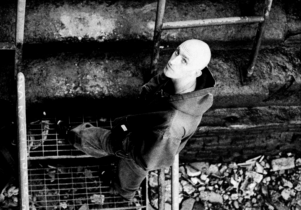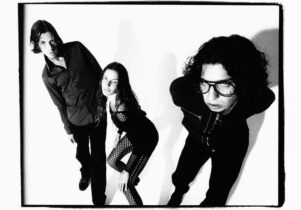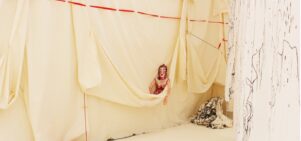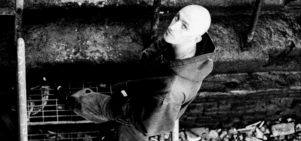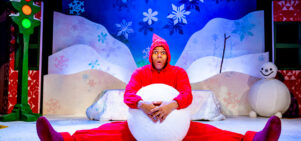RNCM Symphony Orchestra: La valse at RNCM
Johnny James, Managing EditorBook now
RNCM Symphony Orchestra: La valse
Always double check opening hours with the venue before making a special visit.
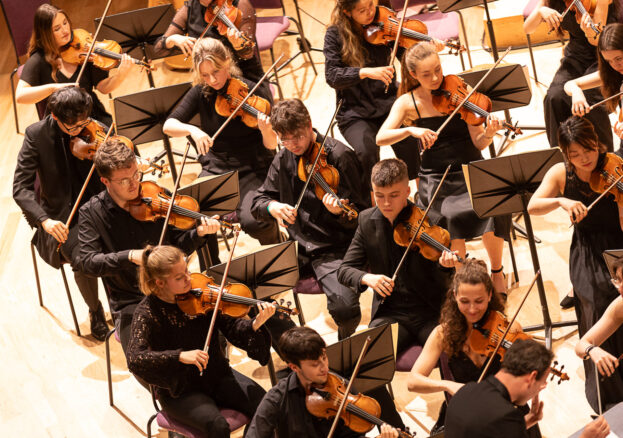
As part of the RNCM’s new Dance:Music theme exploring the symbiotic relationship between music and movement, the RNCM Symphony Orchestra presents a stunning programme born from dance.
When we think about symphonic dance works, classics like Swan Lake and The Nutcracker spring easily to mind. This programme, though, defies expectation, chartering a murkier course full of surprises and riveting unpredictability.
Enter Ravel’s La valse, “a kind of apotheosis of the Viennese waltz”, as Ravel himself described it, next to which the works of Strauss feel like a walk in the park. Full of spicy dissonances and harmonic ambiguity, La valse presents a kaleidoscope of orchestral texture as it spins through the shadowy corners of Viennese waltzes – a dark commentary on the chaos of post-World War I Europe and the remnants of a 19th century imperial society for whom the waltz was a bitter reminder of an era lost to conflict. Don’t be deceived by its elegant opening; this journey was always destined to end in a tumultuous crash – the disintegration of the waltz itself.
More tumult comes with Erik Satie’s groundbreaking Parade, which broke free from ballet’s traditional escapism when it first premièred, placing the realities of life centre stage. In his music, French enfant terrible Satie uses unconventional instruments like typewriters, sirens, and even airplane propellers to create a soundscape as jarring and innovative as the ballet itself. That ballet was the product of the greatest artistic minds Paris had to offer in 1917: Jean Cocteau, Sergei Diaghilev’s and his Ballets Russes, Pablo Picasso, Léonide Massine and of course Satie himself.
Finally, three contemporary works. Dancing to an Orange Drummer reflects Vanessa Lann’s personal challenges adapting to life in The Netherlands, capturing the distinct rhythms and energies of her new surroundings. Larry Goves’ hollow yellow willow weaves a tapestry of patterns and sadness, with themes moving through the orchestra. And lastly Paul Stanhope’s Piccolo Concerto (performed by Naomi Robinson) contrasts lyrical melodies with jagged, dance-like figures. The piccolo is, unfortunately, not blessed with a large concerto repertoire, but this brilliantly scored piece will have you wondering why.
Conducted by Clark Rundell and Benjamin Huth, the programme presents a fascinating exploration of that unique synergy between music and dance – something we’ll hear much more of as the RNCM’s Dance:Music theme comes to the fore over the next few months.

